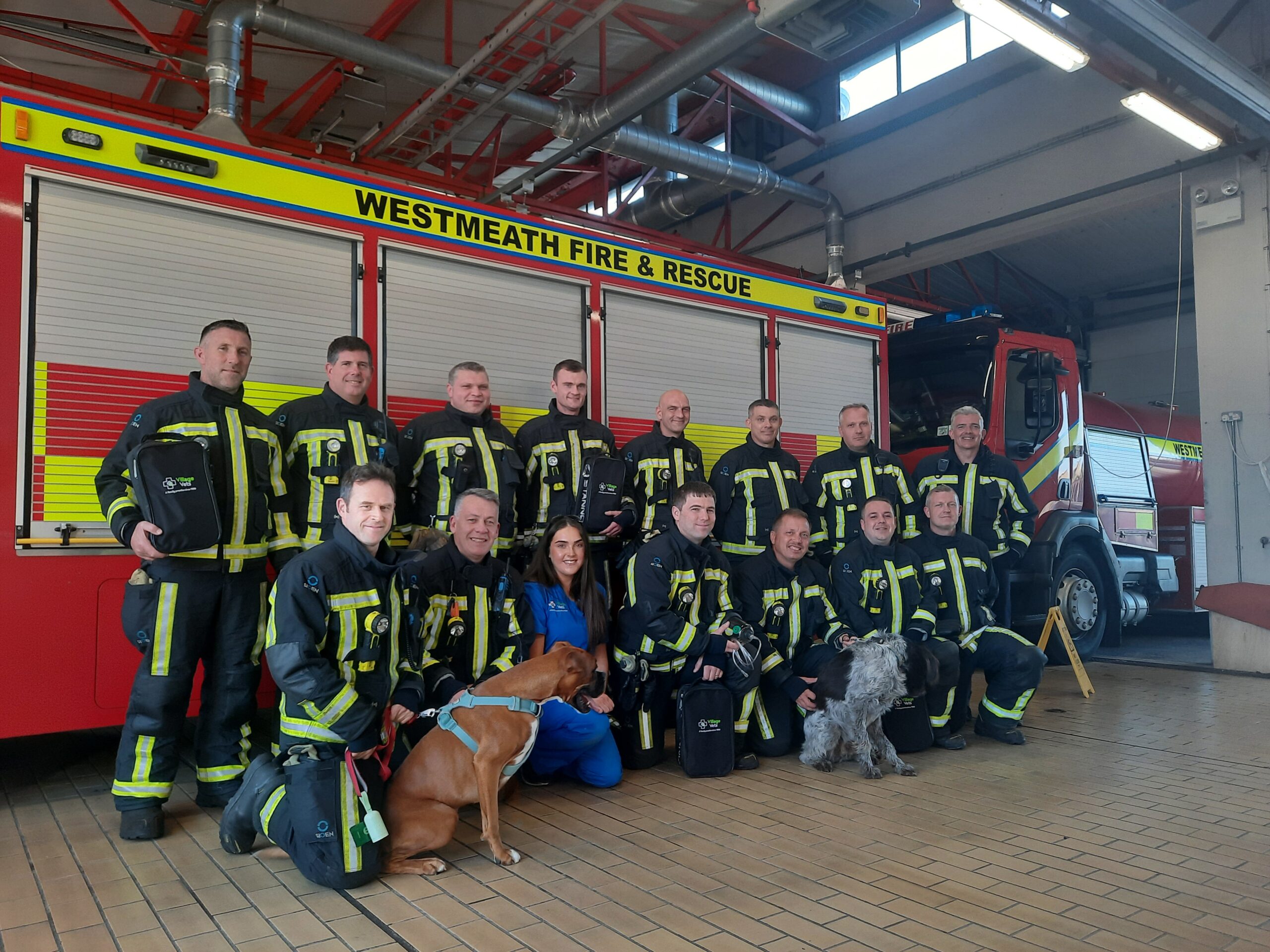It’s no secret that our beloved four-legged friends enjoy a good meal, but did you know that changing your pet’s diet could be the paw-sitive difference between a happy and healthy pup and an unhappy, unhealthy one? That’s why it’s so important for pet owners to stay informed about the dietary needs of their furry companions and make sure their pup’s dinner is as nutritious as can be.
Can you give your dog human food?
We always advise not to give human food from the table while cooking. It does not necessarily lead to dangers in health, but it can result in some behavioural issues with your pup, and they will be more inclined to beg for food later in life.
Human food can be added to your furry friend’s diet by adding lean protein like chicken or fish on top of their food.
If you’re thinking of switching your pup’s diet, it’s also important to be mindful of what not to feed your pet. Some human foods that may seem harmless, like chocolate, avocados, and grapes, can actually be toxic to dogs. It’s essential to do your research and make sure you’re not giving your pup any furry-ious snacks! To find out more about which foods are toxic to your pets, click here.

What about optimal nutrition?
One dietary change that’s becoming increasingly popular among pet owners is switching to a raw food diet. These diets typically involve feeding your pup raw meat, bones, organs, and some fruits and vegetables. Raw food diets can provide many nutritional benefits, but it’s important to note that they also come with some risks. Feeding your pet raw food increases the risk of contamination and foodborne illness, so it’s important to make sure you’re sourcing your ingredients responsibly without addition of spices, salts or other flavour enhancers like onions or herbs.
We encourage pets to be fed pet food, as commercial pet food has been specially formulated to give your cat or dog the best nutrition. When it comes to making changes to your pet’s diet, and you choose to supplement with human food, the most important thing to remember is that it should always be done with the help and assistance of your veterinarian. Your vet is the best source of information when it comes to meeting your pet’s nutritional needs. Feel free to give us a call and book a free consultation with your local vet here.
On the other hand, pieces of lean chicken or pieces of lean mean can be given to your pets as treats or can be used for training your pup.
If you have decided to switch to raw diet we advise keeping an eye on your pet for any of the signs of malnutritution, which could be loss of coat quality, less shiny or less thick and over all change in the pet coat. If your pet was previously quite active and energetic and has gone down in energy, the signs could also result in gastrointestinal issues like vomit or diarrhoea. More obvious signs of malnutrition are if your pet is getting overweight or underweight. If you have noticed any of these signs, the new diet might not be the best for your furry friend.
Just like for humans, one diet does not work for everyone and should be tailored to your pet. Call your local vet to consult on what diet would be best for your little friend here!
Making sure your pet is getting the right nutrition is so important, and it can be a lot of fun too! With the help of your vet, you can find the best diet for your pup, and give them the purr-fectly balanced meals they deserve.




